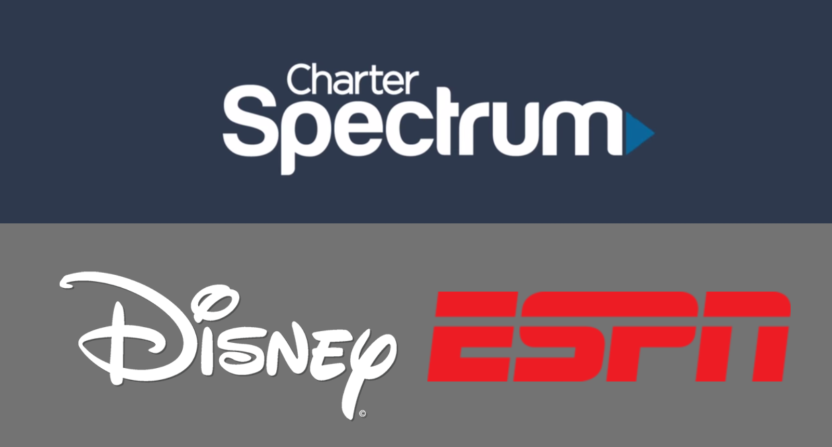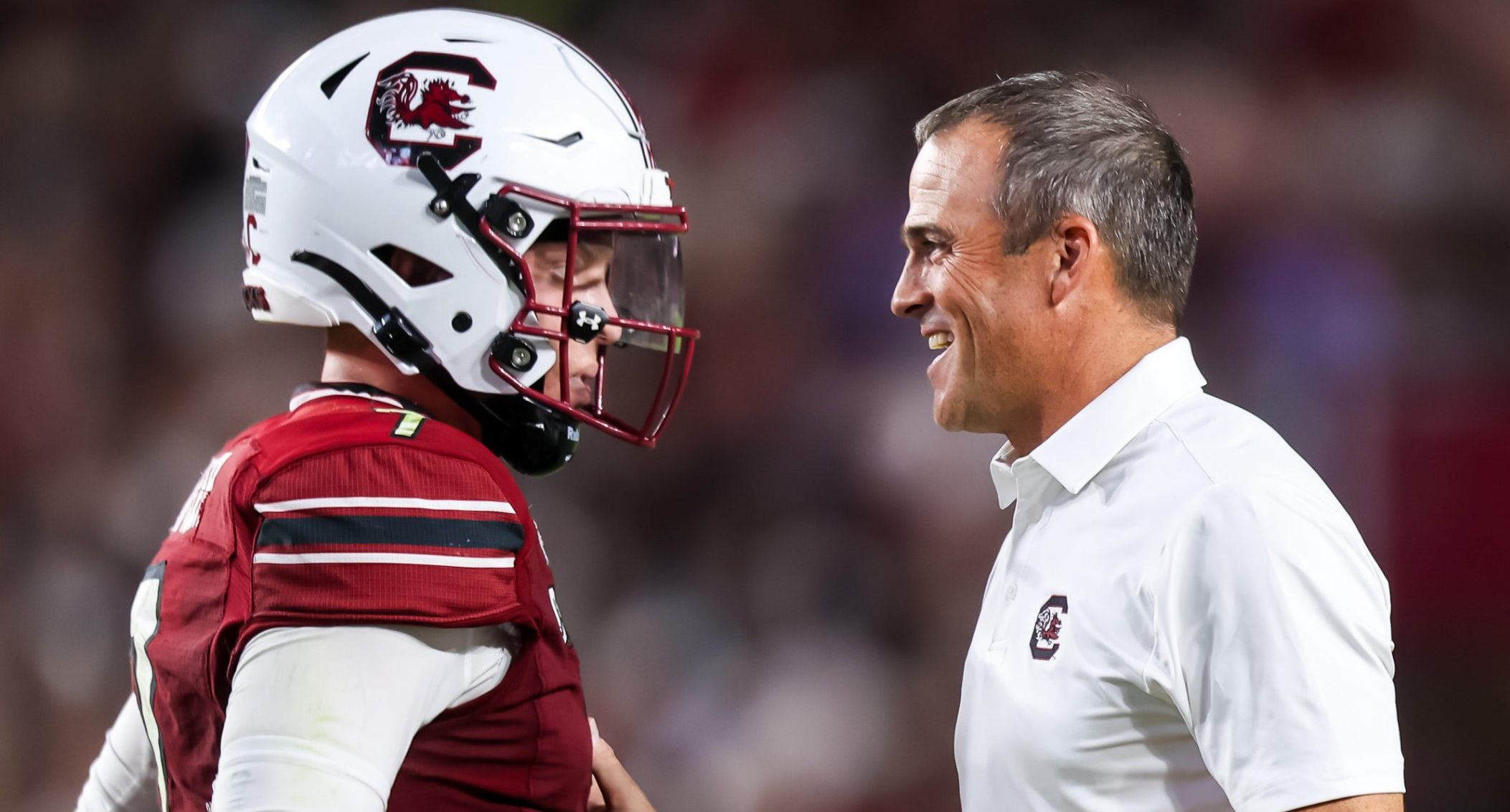Did the Spectrum-ESPN deal save the cable bundle? Or just delay the inevitable? After two weeks of Charter Communications unit Spectrum’s customers getting shut out of the U.S. Open Tennis Championships, college football and the network’s talking heads, the parties defied the apocalyptic worries that their dispute was like no other content-distributor battle and could take down the cable market.
What does it mean for the future of cable, which is held together by sports and news like threadbare twine keeping a cardboard box intact? Is it good news for the NBA and its looming media package? And it goes without saying, but we’ll say it, the transaction coming on the eve of the first Monday Night Football game of the season highlighted aggressively the value of the NFL. Observers even speculated the NFL might have even pressured the sides to get a deal done.
With the help of some outside analysts, we take a look at five of the pressing questions rippling in the wake of the momentous deal..
1) Spectrum will now bundle ESPN channels wth ESPN+ and a future direct-to-consumer ESPN. Is this good news or bad news for the traditional linear business?
“Everybody won in various ways,” proclaimed William Mao, senior vice president global media rights at Octagon. “The big takeaway for me is that the sky is not falling, the TV ecosystem is not dead. In fact, this resolution demonstrates the ongoing value that it provides to everybody in the ecosystem. And its potential place in the transition and continued migration of some customers towards a streaming focus or direct-to-consumer future.”
Mao’s point is that at a time when the doomsayers are predicting the end of linear TV, Charter just agreed to increase what it is paying ESPN, albeit with the apps included at what is described as wholesale cost. Disney did drop six non-sports channels from the mix and had to give up its resistance to packaging the apps with the linear business. But ESPN got its rate increases at a time of advanced cord-cutting, and with a company that has said it wants out of the video business. That is impressive.
2) What does this mean for efforts to bundle apps?
There is the cable bundle, and some argue with so many apps there needs to be an app bundle. Walt Disney has its own internal app bundle between Disney+, Hulu, and ESPN+. But the Charter arrangement bridges the two bundles by pairing linear channels with apps. It is somewhat akin to mobile phone carriers that sell packages with a year’s worth of Netflix or Disney +. Look for other cable operators to insist on similar terms with ESPN moving forward, and for others similarly situated – CBS and Paramount+ for example – to feel the pressure to replicate the ESPN model. Call it the hybrid bundle.
3) Who won, who lost?
“Was this a win for Charter?” asked media consultant Lee Berke. “They both got something out of it. I think Charter got the ability to reduce its dependence on Disney channels and linear channels, and they got the opportunity to move towards curating apps.
“Disney, from their standpoint, obtained rate increases for their sports channels and their main group of channels. They obtained substantially large new homes for Disney+, and for ESPN+, they’re going to obtain more ad sales from those apps because of the larger audiences.”
If there is a loser, it is the cord-cutter or cord-never consumer waiting for sports to break free of linear TV and buy it strictly via streaming. Now, ESPN maintains its vice grip on sports (losing Charter’s 14.7 million customers would have been grave), keeping the biggest events on linear TV like MNF, the NBA Finals, Wimbledon, and the College Football Playoffs. Sure, ESPN promises a direct-to-consumer offering, but this deal mitigates any urgency to speed that up.
4) What does this mean for sports rights fees?
“If I were a rights holder, or particularly a rights holder, partner of ESPN, I’d be happy for many different reasons,” Mao said. “One, from a distribution perspective, knowing that these 15 million or as was reported, I think, by The New York Post, 85% of that 15 million, Charter subscribers will still get access to all the ESPN channels. I think from a distribution perspective, that’s important. Obviously, the revenues that underpin that distribution through Charter Spectrum are going to continue to be there. And so from a rights view perspective, this resolution preserves the implied value that is driven by the pay-TV ecosystem towards content acquisition budgets.”
No one is happier today than the NBA, which is in the last season of its rights deals with ESPN and Warner Bros Discovery (TBS, TNT). The league is looking to double to triple what it is consuming in national media dollars, a proposition that would have been shaky with no Charter-ESPN deal, or one that tilted heavily away from ESPN. Add the expanded College Football Playoffs is breathing a sigh of relief that the cable subscriber lucre continues to flow.
5) Does this help rectify the enormous losses Disney has taken on its apps?
“It helps solve the problem,” Berke said. “Because you’re generating more subscribers for the apps and more eyeballs for the apps, which means higher ad revenues. I don’t think it solves it immediately. This is not the final deal that’s done. This is a milepost deal because you’re looking at an evolution of how these companies serve their respective customers.”
Disney CEO Bob Iger has told analysts the company expects its direct-to-consumer business to leave the red next year, an effort helped by cutting costs on content. But packaging apps with the linear TV business could, as Berke said, lead to higher ad revenues, not to mention the “wholesale” price Charter is paying for the apps. Ultimately Mao said the costs will get passed on to the consumer, meaning not only will there be consumers who don’t want ESPN and pay for it through the bundle, now they will also be paying for ESPN+.







